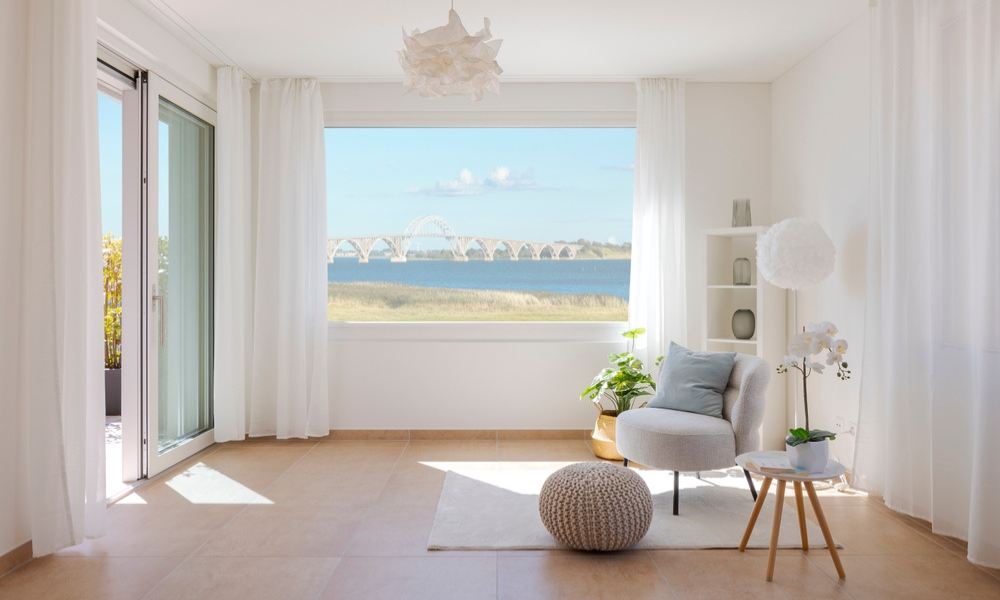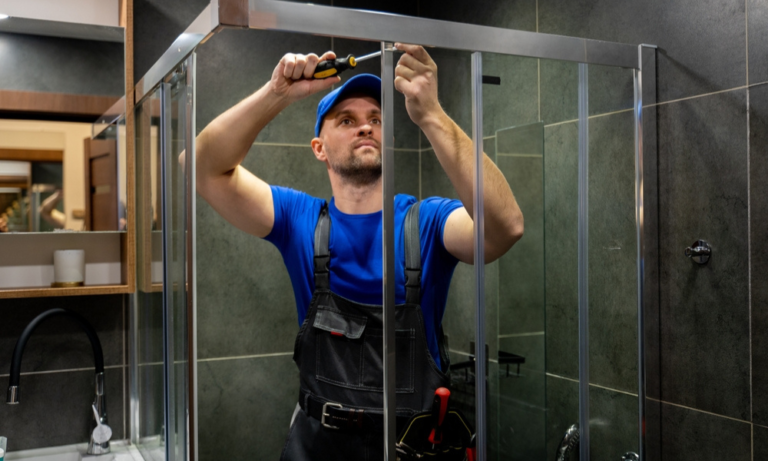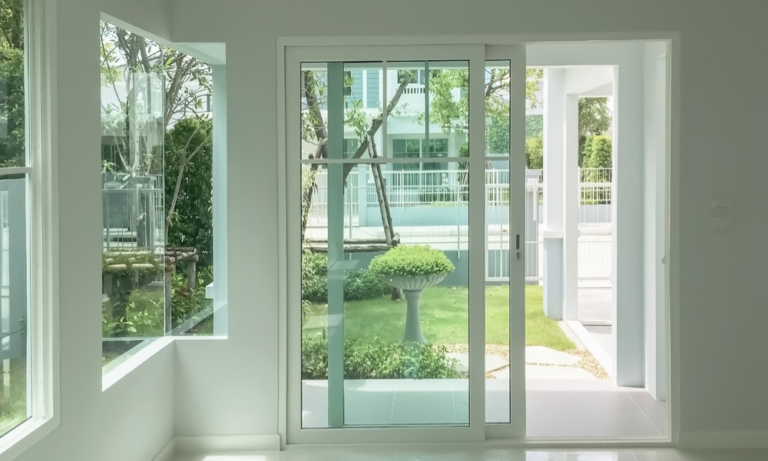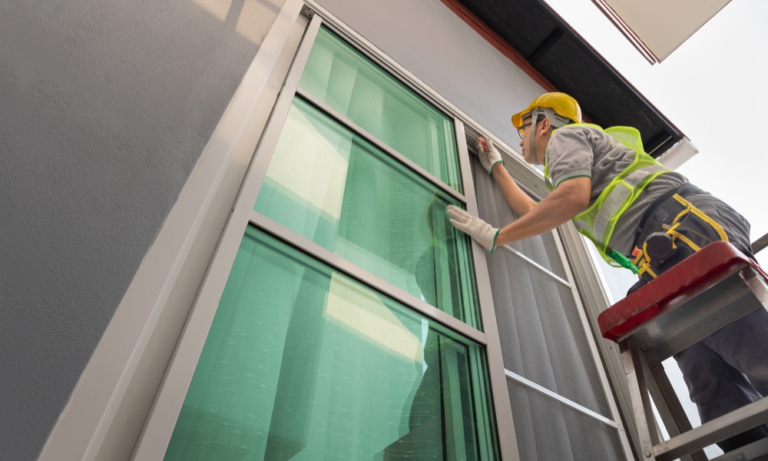Estimated reading time: 6 minutes
I’ve always believed that the little things in a house—like windows—can make a big difference in how it feels and functions. These seemingly simple features are responsible for keeping your space comfortable, energy-efficient, and visually appealing. But like most things, they wear out over time.
If you’re wondering whether your windows are past their prime, I’ve compiled a comprehensive list of signs to help you decide when it’s time to consider a replacement. Trust me, noticing these red flags early can save you a lot of headaches (and money) down the line.
Quick Preview of What You’ll Learn
- Physical damage and why it’s more than just an eyesore.
- Drafts and their effect on your comfort.
- Rising utility costs and how they tie back to your glass panes.
- Condensation: what’s normal and what isn’t.
- Noise pollution, faded furniture, and other overlooked signs.
- Why functionality matters just as much as aesthetics.
1. Cracks or Damage: When the Writing’s on the Glass
Let’s start with the obvious. If you see cracks, chips, or damage on your glass, it’s time to act. Damaged panes aren’t just unattractive—they compromise safety, let in moisture, and can even lead to mold or pest infestations.
Think of it this way: a cracked pane is like a leaky roof. You wouldn’t ignore that, right?
What’s more, damage weakens the structure, making it easier for intruders to break in. If repairs aren’t enough, it’s better to invest in replacements sooner rather than risk costly issues later.
2. Drafts: The Uninvited Guest
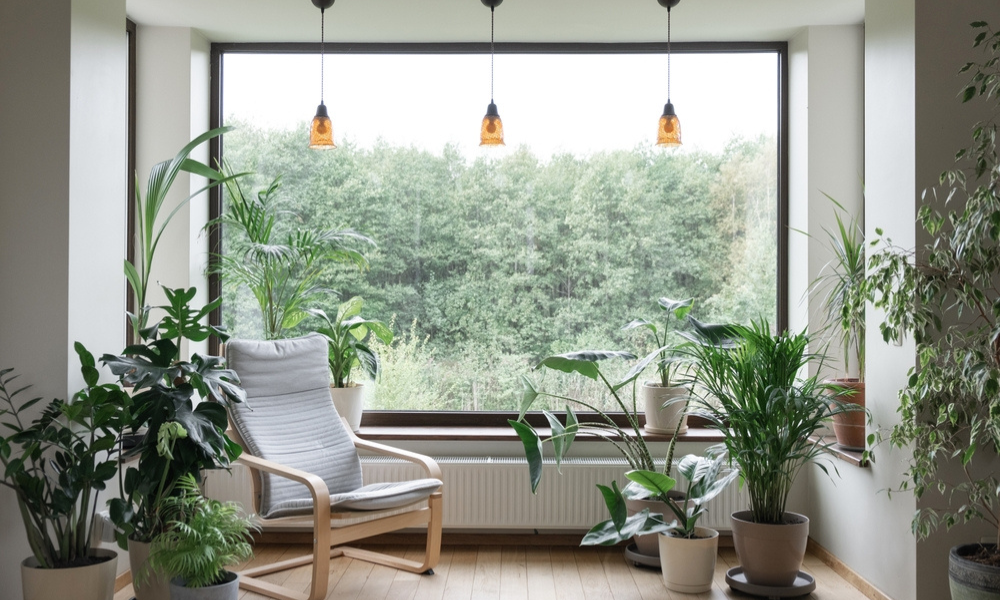
A breeze in the middle of winter is charming—unless it’s coming from a closed window. Drafts are one of the most common signs that your panes are failing to seal properly.
To check, place your hand near the edges of your frame. If you feel cool air seeping in, it’s time to take action. Drafts don’t just make your living room feel like the Arctic; they also force your heating and cooling systems to work overtime, driving up energy costs.
For more tips on maintaining efficient seals, check out this glass maintenance guide.
3. Rising Utility Bills
If your energy bill seems to climb higher every month, don’t just blame the thermostat. Inefficient or outdated glass often allows conditioned air to escape, making your HVAC system work harder than it should.
Modern options like double-pane or triple-pane designs can drastically improve energy efficiency, reducing strain on your cooling or heating system and keeping your bills manageable.
4. Condensation: Foggy Situations
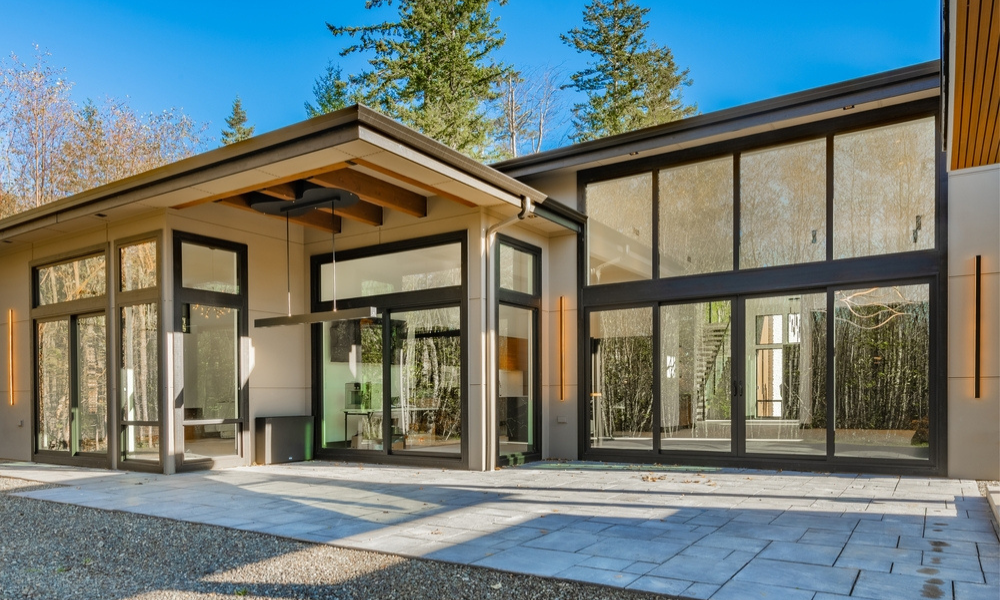
Condensation is a tricky sign. If you notice fog forming inside or between panes, that’s a problem. It usually means the seals have failed, and the insulating gas has escaped.
Quick tip: condensation on the outside of a window is harmless—it’s just nature doing its thing. But if the fog is trapped between panes, it’s a clear indicator that your windows aren’t performing as they should.
5. Noise Levels: Your Personal Concert Hall
Do you hear every car horn, barking dog, or loud neighbor as if they’re in the same room with you? Poor sound insulation is another sign it’s time for an upgrade.
Modern designs with multiple panes or laminated glass significantly reduce noise pollution, creating a more peaceful environment inside your home.
For more ways to enhance your living space, take a look at this article on laminated glass.
6. Fading Furniture and Carpets
Sunlight streaming in is beautiful, but it can wreak havoc on your furniture, rugs, and even your hardwood floors. If you’ve noticed fading, it’s likely because your current panes don’t have adequate UV protection.
Today’s designs often include coatings like Low-E (low-emissivity) glass, which blocks harmful rays while keeping your space cooler. Think of it as sunscreen for your interiors.
7. Struggling with Functionality
Ever wrestled with a stuck or stubborn window? Over time, frames can warp, mechanisms can fail, and opening or closing them becomes a workout you didn’t ask for.
Not only is this frustrating, but it can also be a safety hazard. Imagine needing to open one quickly during an emergency, only to find it jammed shut. If repairs haven’t solved the problem, it’s time to replace those troublesome ones with smooth, easy-to-use alternatives.
8. Allergies Acting Up? Your Windows Might Be the Culprit
If you’re sneezing more than usual or constantly battling watery eyes, the issue might not just be pollen outside—it could be seeping in through poorly sealed frames.
Replacing old or inefficient designs can improve indoor air quality by keeping allergens out, giving you a healthier and more comfortable living space.
9. Boosting Your Home’s Appeal
Sometimes, it’s not just about functionality; it’s about how your space looks and feels. Outdated designs can make your home appear dated, while newer styles can instantly modernize its appearance.
Customizable options like grids, colors, and unique finishes allow you to add a touch of personality to your space. And if you’re considering a full refresh, check out this guide on stylish balustrades for more inspiration.
10. Planning for the Future
Even if you’re not thinking about selling anytime soon, it’s good to know that updated windows can significantly boost your property’s value. They’re one of the best investments you can make, offering both immediate and long-term benefits.
According to industry reports, homeowners often recoup a significant portion of their investment in higher resale value. Think of it as upgrading now to reap the rewards later.
New Ideas: Maximizing Your Replacement Benefits
Energy Savings Calculator: If you’re on the fence, use online tools to estimate how much energy (and money) you could save by upgrading.
Safety Upgrades: Consider impact-resistant or laminated glass for added security, especially in storm-prone areas.
Eco-Friendly Choices: Modern designs often feature recyclable materials and energy-efficient technologies.
Additional Maintenance Tips
If replacement isn’t an immediate option, here are some maintenance tips to keep your existing ones in good shape:
Inspect seals regularly for cracks or gaps.
Clean tracks to prevent debris buildup.
Reseal caulking as needed to maintain efficiency.
For a full maintenance checklist, take a look at this guide on window care.
Final Thoughts
Replacing your windows isn’t just about fixing a problem—it’s about improving your home’s comfort, efficiency, and value. Whether it’s a visible crack, rising energy bills, or simply a desire to refresh your space, the benefits of modern designs are well worth the investment.
If you’ve noticed any of these signs, now might be the perfect time to explore your options. Let’s make your home more beautiful, functional, and energy-efficient—one window at a time.
